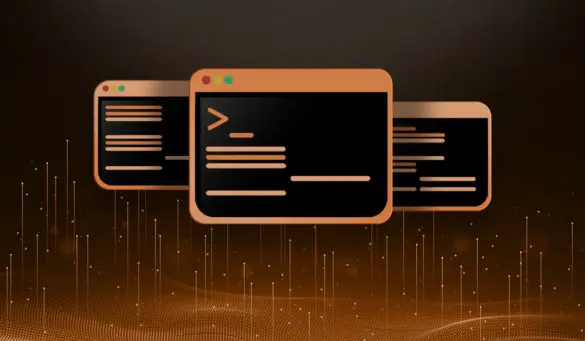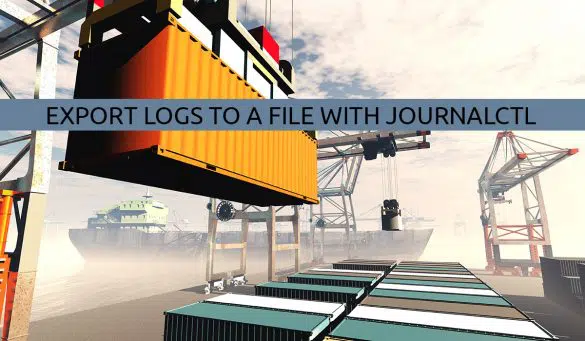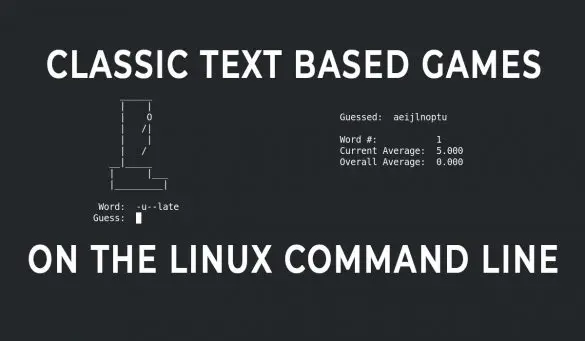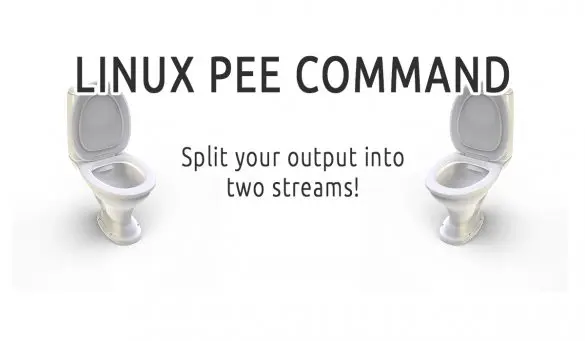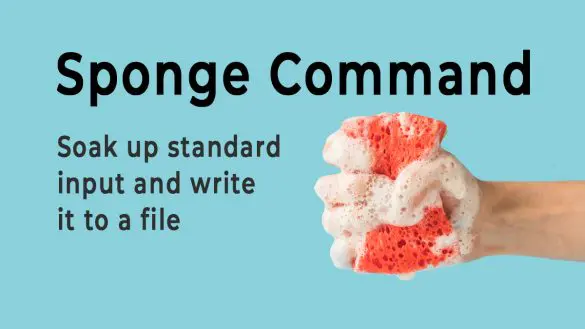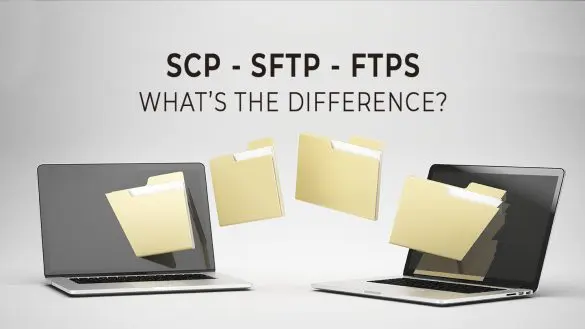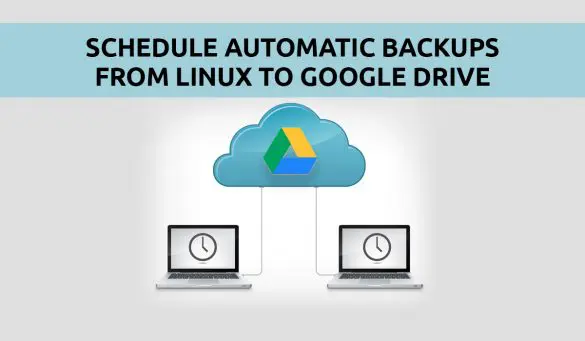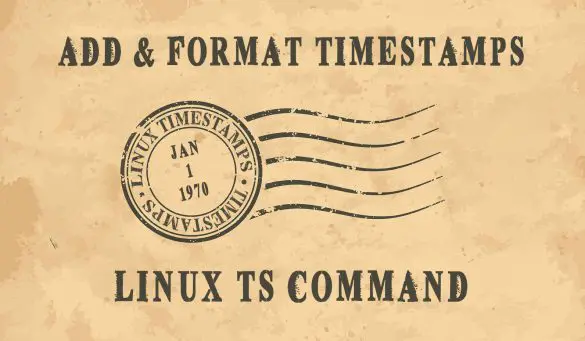
Steven Vona is a Linux administrator whose passion for technology extends beyond the day to day and into a love of teaching his skills to others. Steven is trained and certified in multiple technologies, including Microsoft Windows, Linux, VMWare and Cybersecurity, and has over 16 years of experience working in both the public and private sectors. Because Steven did not complete a traditional educational path, he is mostly self-taught and a strong believer in learning by experimentation. Steven began to teach himself programming at age 12 and ran a BBS in 1988; when teaching, he encourages others to try different solutions and learn from their mistakes and successes. Outside of technology, Steven is an animal lover and an avid photographer who enjoys exploring and photographing his native city, Philadelphia.
Steven Vona
Force SSH Client to Use IPv4 or IPv6
Export Logs to a File with Journalctl
Linux Gaming Old School – Terminal Based Games on Linux
How to Show Line Numbers in vi / vim Editors
Linux pee Command – Tee Standard Input Into Pipes
Moreutils – An Extension of GNU Core Utilities
Linux Sponge – Soak Up Standard Input and Write to a File
SFTP, FTPS, and SCP – What’s the Difference?
How to Schedule File Backups to Google Drive in Linux
ts Command – Add or Convert Timestamps For Any Output in Linux
Join Our Newsletter
Categories
- Bash Scripting (17)
- Basic Commands (51)
- Featured (7)
- Just for Fun (5)
- Linux Quick Tips (98)
- Linux Tutorials (65)
- Miscellaneous (15)
- Network Tools (6)
- Reviews (2)
- Security (32)
- Smart Home (1)

